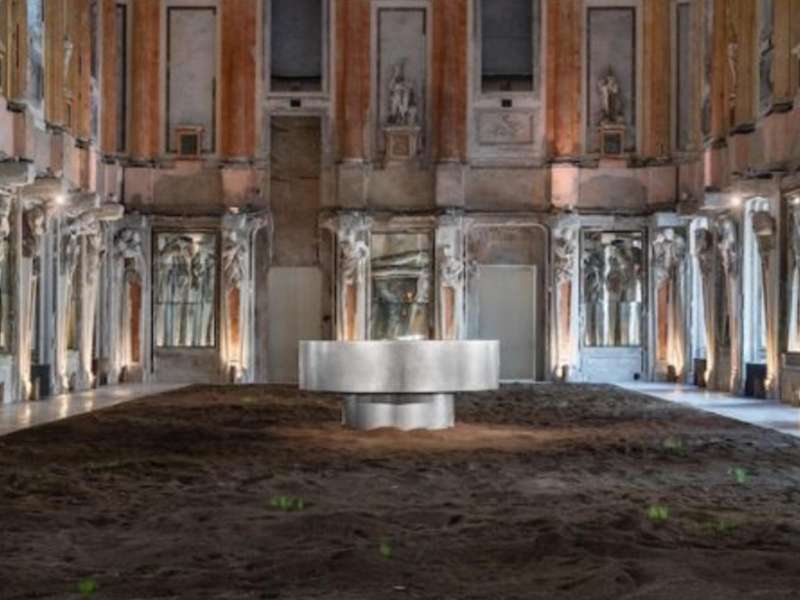
Nature, memory, and rebirth: history according to Nico Vascellari
With an intense and deeply evocative vision, the artist reinterprets the history of the Hall of the Caryatids, a place steeped in memory, transforming it into a space for reflection on the relationship between nature, memory and rebirth.
إقرأ المزيد